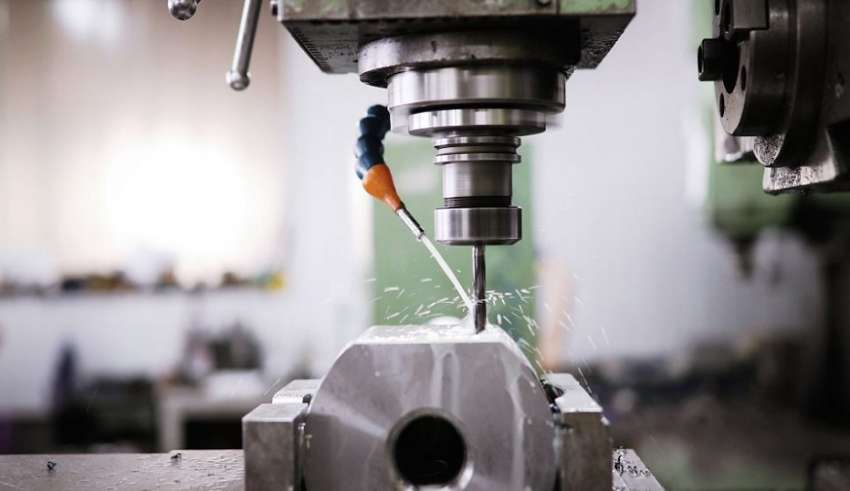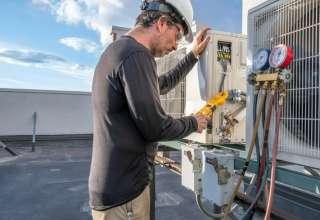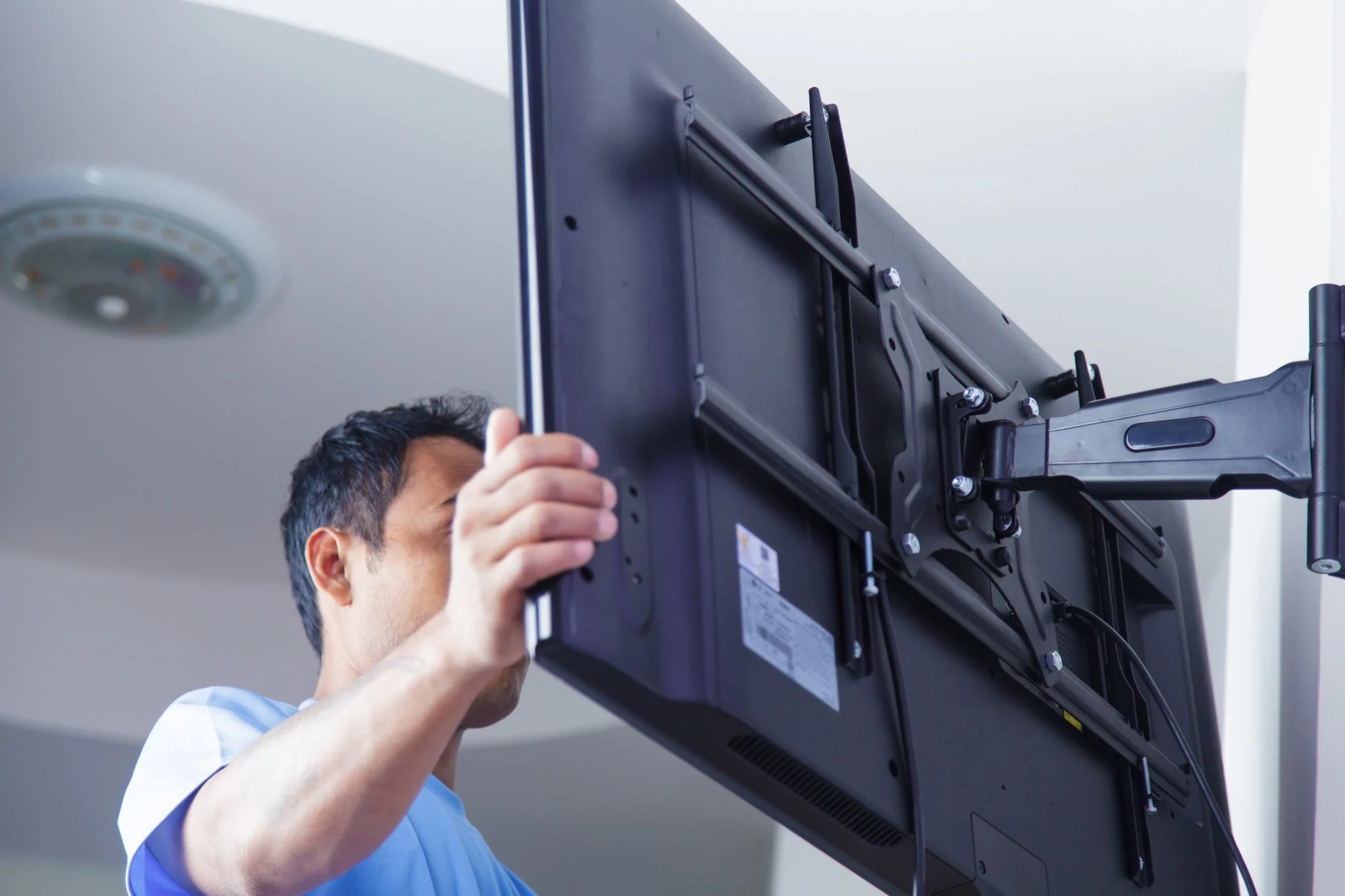
CNC vertical lathe or machine tools are the workhorses for engineering and manufacturing industry which comes in different shapes, speed, and sizes. From molding and dying to fabricate various automobile parts, these important machines have a wide range of uses that shop on your floor. They comprise various degrees of software and automation which help to improve the efficiency of your machine. However, the real challenge arises when we are up for selecting the right CNC machine. So here is a useful checklist that will help you decide your choice.
-
Current Machine Tool Set-Up And Operator Experience
The basic requirement is to check out the current CNC machine set-up installed in your factory and the experience that your engineers hold in operating the CNC vertical lathe. When you already have a machine set up then it is necessary to evaluate their working condition and know if they are appropriate for the manufacturing purpose. The life span of the current machine and the cost-effectiveness of replacing the old CNC with the new one should also be considered. It is generally seen that more automated machines will require less human intervention.
-
Part Difficulty And Complexity
You may consider either horizontal or CNC vertical lathes because one of the greatest challenges in choosing a CNC machine is the complexity and the precision of the parts produced.
-
Materials To Be Machined
It is possible to work virtually on many materials like aluminum, copper, hardened steel, titanium with the help of a CNC machine tool. The design of the machine is influenced by the type of material to be used. It is also affected by the durability, level of performance, and physical properties such as peak spindle motor horsepower, maximum spindle speed, and max spindle motor torque.
-
Types Of Cnc Control System
Most practical CNC control should be used while you are choosing the right machine tools. Your only motive while choosing the CNC system should not be the biggest and the nicest screen but also other factors like reliability, effectiveness, user-friendliness, and software stability.
-
Cost Per Part
Both fixed and variable costs need to be considered for determining the cost per part. Choosing a cheaper machine does not necessarily mean that it will also guarantee you better production and effectiveness or the profitability of the factory in the long run.
-
Available Space In The Factory
Any setup should be chosen according to the space available in the factory because if there not enough space then accommodation becomes difficult.
























